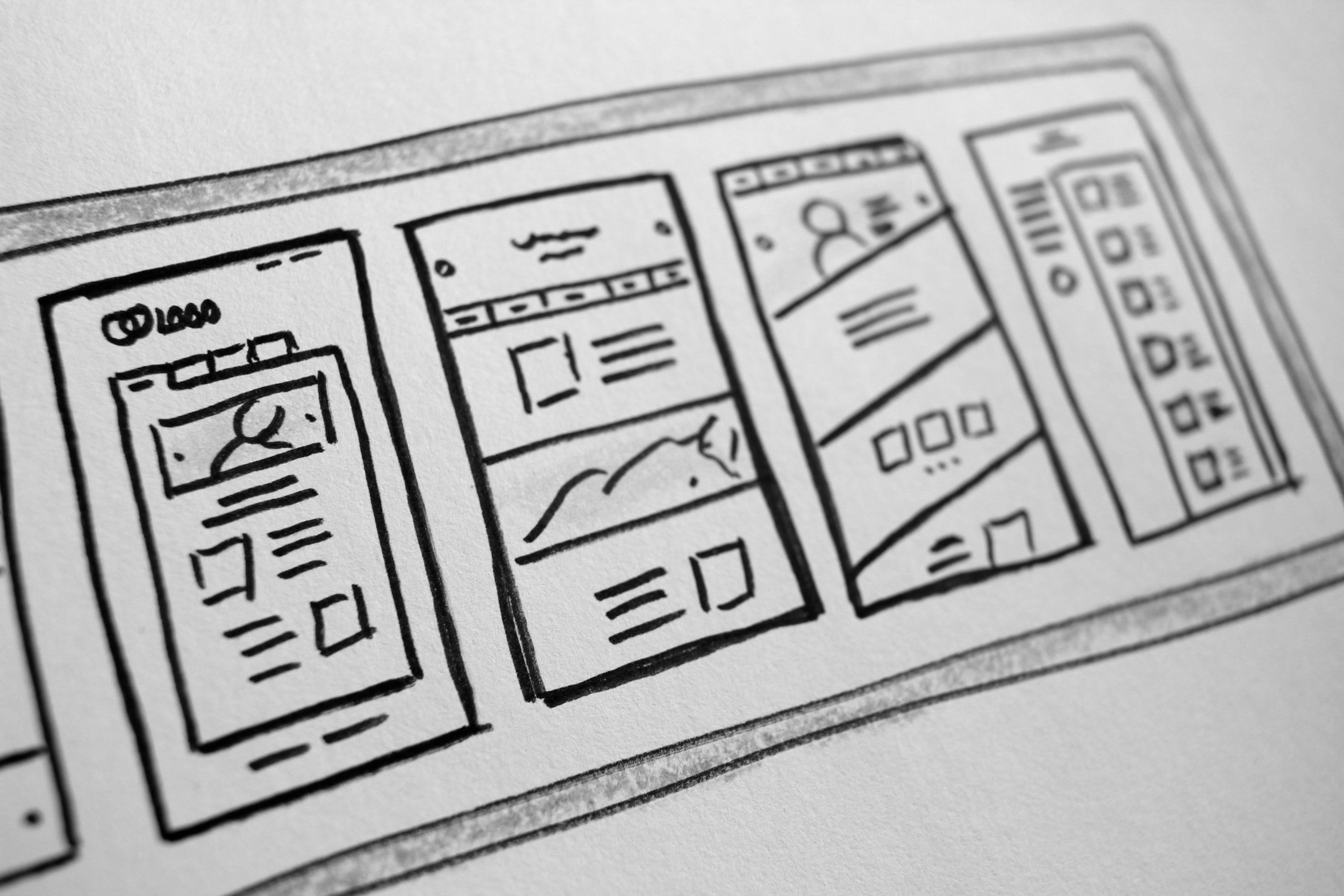7 Secrets to Improve Your Health Writing
Creating engaging, effective consumer health content is a science and an art.
It requires clear communication, targeted messaging, and a deep understanding of your audience.
As a professional health writer, I often get asked how to make health content more compelling and impactful. Here are seven secrets that can help you craft content that not only teaches and raises awareness but also inspires action.
How Can You Write Better Health Content?
1. Define Your Audience
Defining your target audience is fundamental for any writing—yes, health content included! You must know who you’re talking to to create content that resonates.
But how do we define target audiences? Before I start writing, I ask my clients these two questions:
Am I writing for patients or the general public? Both groups might care about the information you share, but the message will differ. For example, nutrition advice needs to be communicated more sensitively and from a different angle to people with anorexia compared to the general public.
What are your audience's demographics? Audience demographics might include age, gender, location, and education level. Narrowing down your audience doesn’t mean people outside this group won’t benefit from your health content—they might! By targeting the most critical readers, you’re just more likely to inspire change in the populations where it matters most.
Note: These questions are for defining audiences of consumer health content. If you’re writing health content for doctors, practitioners, or others in the industry, you’re writing medical content. You can learn more about the difference between health vs. medical writing here.
2. Understand Their Needs
After identifying your target audience, you need to go one level deeper. Ask yourself: What does this group of people need to know?
Most health communications aim to teach the reader something to improve health outcomes, individually or within the community.
So, what is stopping this group of people from improving their health? What do they already know? Where are their health literacy gaps?
3. Pinpoint Your Purpose
Every piece of content should have a clear purpose.
This purpose guides your writing and ensures your message is compelling, making readers more likely to take the action you want.
Here are four common types of healthcare content and the purpose of each:
Educational Content: Aims to educate and raise awareness about a specific healthcare topic. Examples include diseases and conditions, medical procedures, medications and treatment options, and appointment processes.
Persuasive Content: Aims to persuade readers to take a specific action. Examples could include inspiring readers to quit smoking or exercise more, encouraging readers to buy health products or services, or persuading people to book health screenings.
Supportive Content: Aims to support people dealing with specific health issues. Examples include information on where to find mental health resources, coping strategies for health conditions, or inspirational health stories.
Advocacy Content: Aims to influence public opinion about health topics. Examples could be campaigns for disease prevention or health screenings, news on the impact of health policies, or encouraging the public to get involved in health campaigns.
There is some overlap between these types of content, or your healthcare communications might fit into a different box entirely. That’s okay—just make sure you know what that box is.
4. Assume No Scientific Knowledge
Health topics are often complex, and communications are only effective if they’re understandable. See the problem?
This is where we have a gap: Medical terminology you use daily might feel like second nature, but it will likely confuse people outside the healthcare industry and distract them from your message.
It’s best to assume no prior scientific knowledge when writing for the general public. However, it’s not about “dumbing down” the science—health content also must be accurate and deliver the facts.
So, how do we increase understanding and comprehension without cutting out essential information?
Use the simplest version of medical terms. For example, instead of “cardiovascular disease,” say “heart attack.”
Avoid using overly long sentences. I recommend aiming for an average of 20 words per sentence (but ensure you vary sentence length to keep your content engaging).
Write using the active voice. For example, “the nurse will give you the medication” (active) rather than “you’ll be given the medication by the nurse” (passive).
Keep verbs close to the subject. This avoids confusion, makes sentences more straightforward to follow, and clarifies cause and effect for the reader.
Use the power of storytelling: I’m a big believe in using stories in health communications. They’re more engaging than facts and can make complex concepts easier to understand.
5. Avoid Informational Overload
Overload your readers with information they don’t need, and you’re almost guaranteed to lose their attention.
Your health communications need to be concise and to the point.
If the purpose of your content is to inform patients about treatments, information about disease and symptoms should be brief or eliminated entirely. If you’re encouraging people with diabetes to change their diet, information about how this diet may benefit people with other health conditions is irrelevant.
6. Make Content Flow Naturally
Once you’ve narrowed down the information you want to communicate, you must order your health content logically.
It needs to flow seamlessly from one idea to the next. Flow is crucial as it makes your content easier to follow and allows you to take your reader on a journey that ends with the desired outcome.
Here are some tips health writers use to make sure paragraphs and sentences are in a logical order:
Plan, plan, plan! Organise your thoughts before you start writing. This will help you organise your ideas logically and prevent you from getting lost on a tangent.
Choose a logical order and stick to it. There are several “correct” orders and many ways to write the same content (e.g., chronological order, compare and contrast, cause and effect, and order or importance), so decide which to use and keep it consistent.
When talking about flow, I’m not just referring to the big picture. Aim to make sentences, paragraphs, and the entire piece of content make sense. They all help the other flow more.
7. Pay Attention to Layout
How you format and lay out your health content is as important as the words themselves.
Give someone a big block of text, and they’re immediately turned off. But break it down into smaller paragraphs, add some subheadings and bulleted lists, highlight key concepts, and include plenty of white space? Your piece is instantly more engaging.
Although we are health writers, don’t underestimate the power of non-written content to improve the layout and understanding either. You might include:
Images or illustrations to break up blocks of text
Graphics to illustrate and aid understanding of complex topics
Graphs and tables (if relevant—remember, avoid informational overload)
Although we are health writers, we do much more than just write! Formatting and finding supporting materials are often part of our job, all contributing to better health communications.
Need Help With Your Health Content Writing?
As you can see, there is a lot to unpack. Effective health writing and communication is an art.
You need a clear purpose for your content, which must be communicated in an understandable, logical, succinct, and well-formatted way. You must also speak directly to the target audience and stay true to the science and facts.
If this sounds like a lot, that’s because it is!
But don’t worry—I can help you get it right. I offer various health writing services, from crafting informative patient education materials to health blogging, article writing, and SEO services.
Contact me today to learn more, request a quote, or discuss how we can work together.



